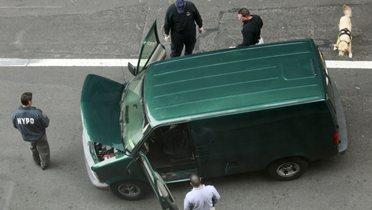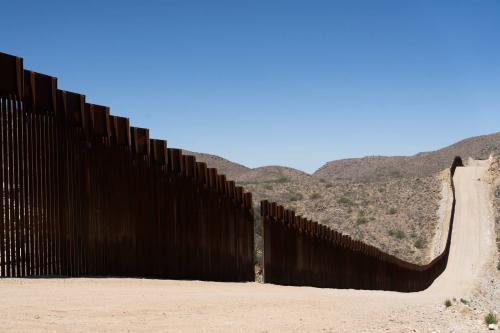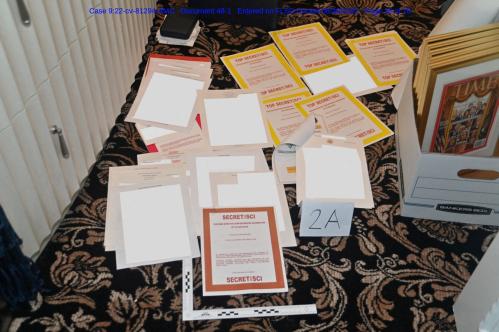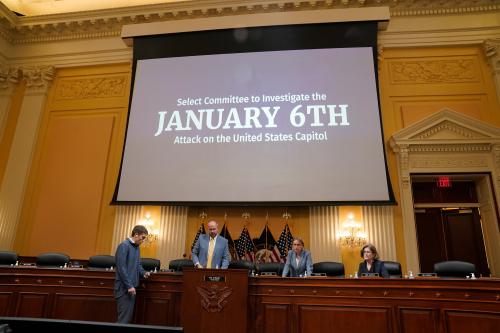Introduction
It’s the year 2015. Officer Jones, a New York City police officer, stops a car because it has a broken taillight. The driver of the car turns out to be a man named Ahmad Abdullah. Abdullah’s license and registration check out, but he seems nervous, at least to Jones. Jones goes back to his squad car and activates his Raytheon electromagnetic pulse scanner, which can scan the car for weapons and bombs. Nothing shows up on the screen. Nonetheless, he attaches a Global Positioning Device known as a Q-ball underneath the rear bumper as he pretends to be looking at Abdullah’s license plate.
Over the next several weeks, New York police use the GPS device to track Abdullah’s travels throughout the New York City area. They also watch him take walks from his apartment, relying on public video cameras mounted on buildings and light poles. When cameras cannot capture his meanderings or he takes public transportation or travels in a friend’s car, the police use drone cameras, powerful enough to pick up the numbers on a license plate, to monitor him. Police interest is piqued when they discover that he visits not only his local mosque but several other mosques around the New York area. They requisition his phone and Internet Service Provider records to ascertain the phone numbers and email addresses of the people with whom he communicates. Through digital sources, they also obtain his bank and credit card records. For good measure, the police pay the data collection company Choicepoint for a report on all the information about Abdullah that can be gleaned from public records and Internet sources. Finally, since Abdullah tends to leave his windows uncurtained, police set up a Star-Tron—binoculars with nightvision capacity—in a building across the way from Abdullah’s apartment so they can watch him through his window.
These various investigative maneuvers might lead to discovery that Abdullah is consorting with known terrorists. Or they might merely provide police with proof that Abdullah is an illegal immigrant. Then there’s always the possibility that Abdullah hasn’t committed any crime.
The important point for present purposes is that the Constitution has nothing to say about any of the police actions that take place in Abdullah’s case once his car is stopped. The constitutional provision that is most likely to be implicated by the government’s attempts to investigate Adbullah is the Fourth Amendment, which prohibits unreasonable searches of houses, persons, papers and effects, and further provides that, if a warrant is sought authorizing a search, it must be based on probable cause and describe with particularity the place to be searched and the person or thing to be seized. This language is the primary constitutional mechanism for regulating police investigations. The courts have held that, when police engage in a search, they must usually have probable cause—about a 50 percent certainty—that the search will produce evidence of crime, and must also have a warrant, issued by an independent magistrate, if there is time to get one. As construed by the United States Supreme Court, however, these requirements are irrelevant to many modern police practices, including most or all of those involved in Abdullah’s case.
The Fourth Amendment’s increasing irrelevance stems from the fact that the Supreme Court is mired in precedent decided in another era. Over the past 200 years, the Fourth Amendment’s guarantees have been construed largely in the context of what might be called “physical searches”—entry into a house or car; a stop and frisk of a person on the street; or rifling through a person’s private papers. But today, with the introduction of devices that can see through walls and clothes, monitor public thoroughfares twenty-four hours a day, and access millions of records in seconds, police are relying much more heavily on what might be called “virtual searches,” investigative techniques that do not require physical access to premises, people, papers or effects and that can often be carried out covertly from far away. As Abdullah’s case illustrates, this technological revolution is well on its way to drastically altering the way police go about looking for evidence of crime. To date, the Supreme Court’s interpretation of the Fourth Amendment has both failed to anticipate this revolution and continued to ignore it.



